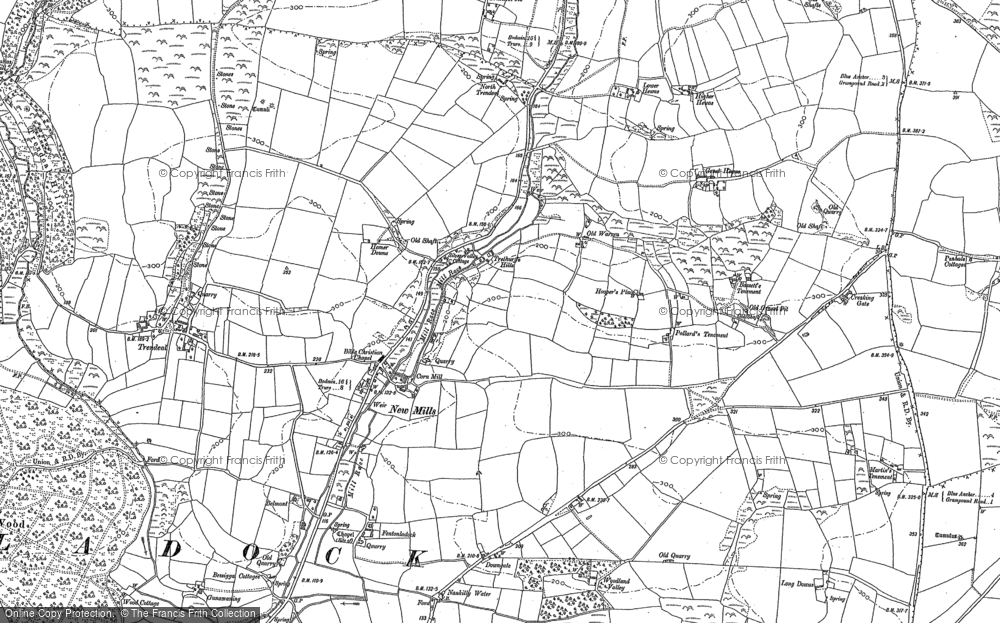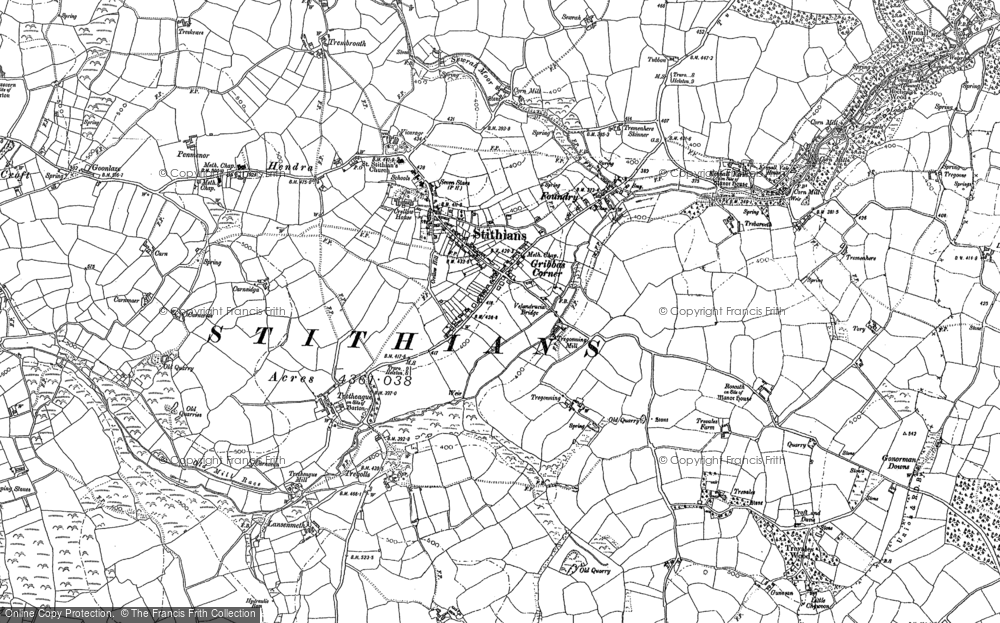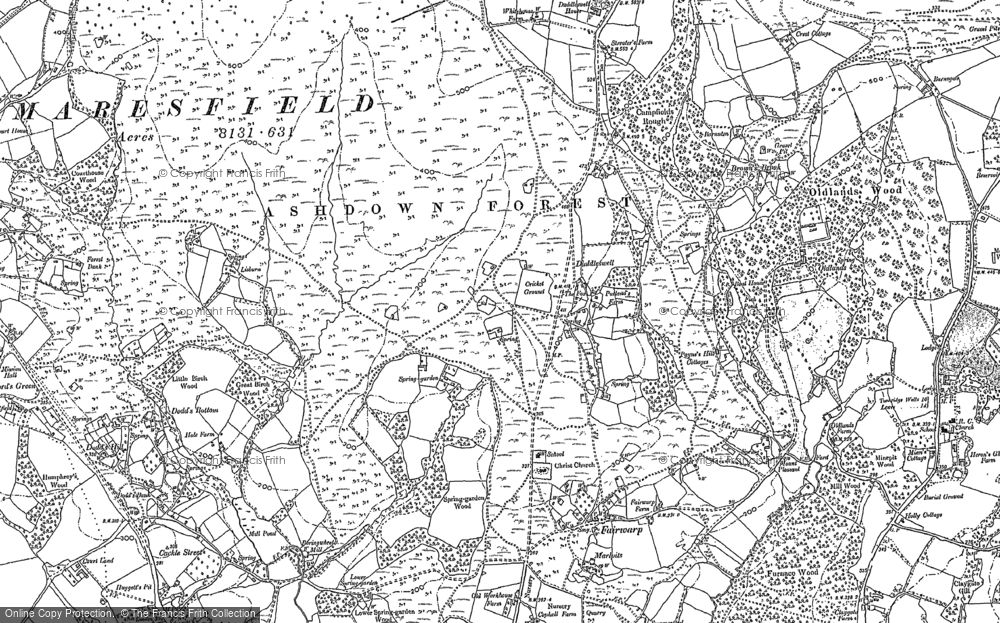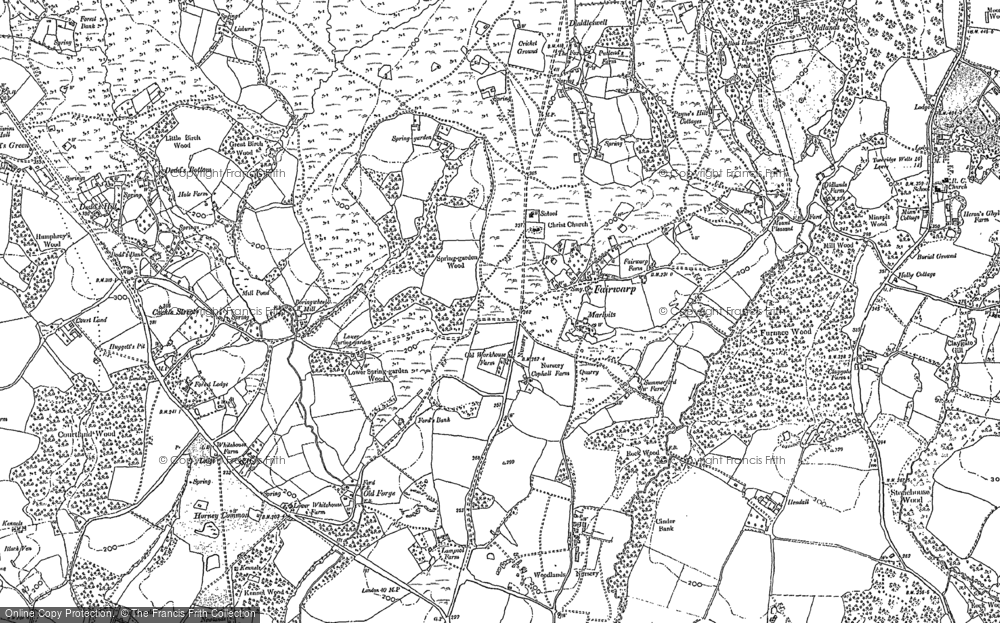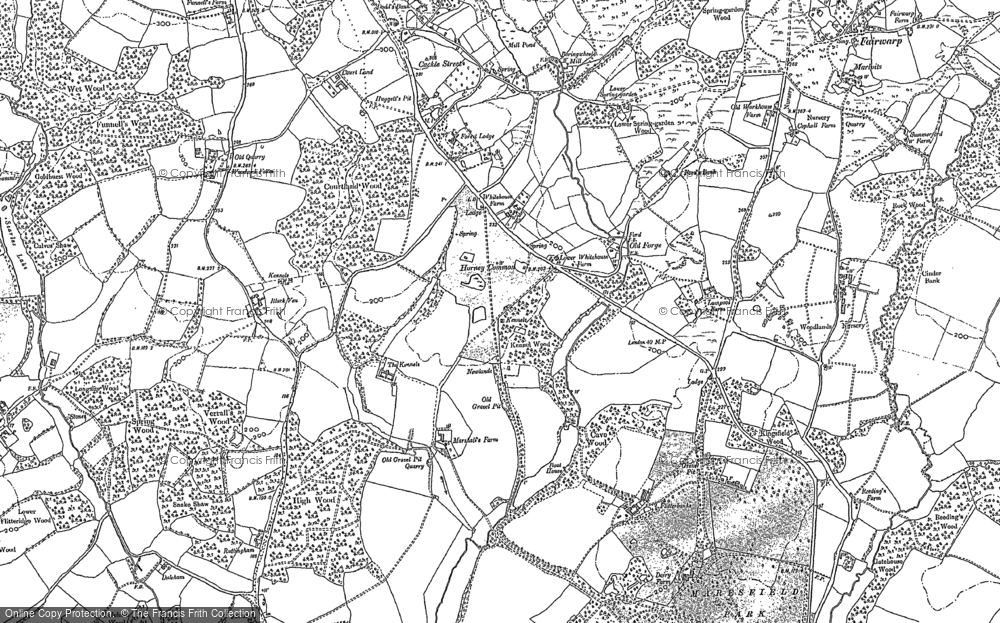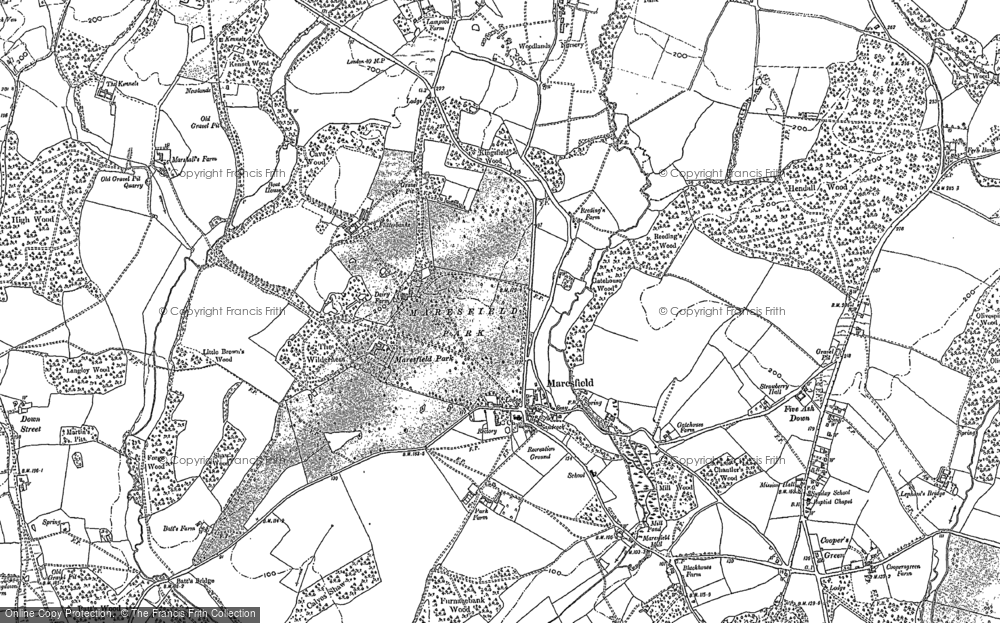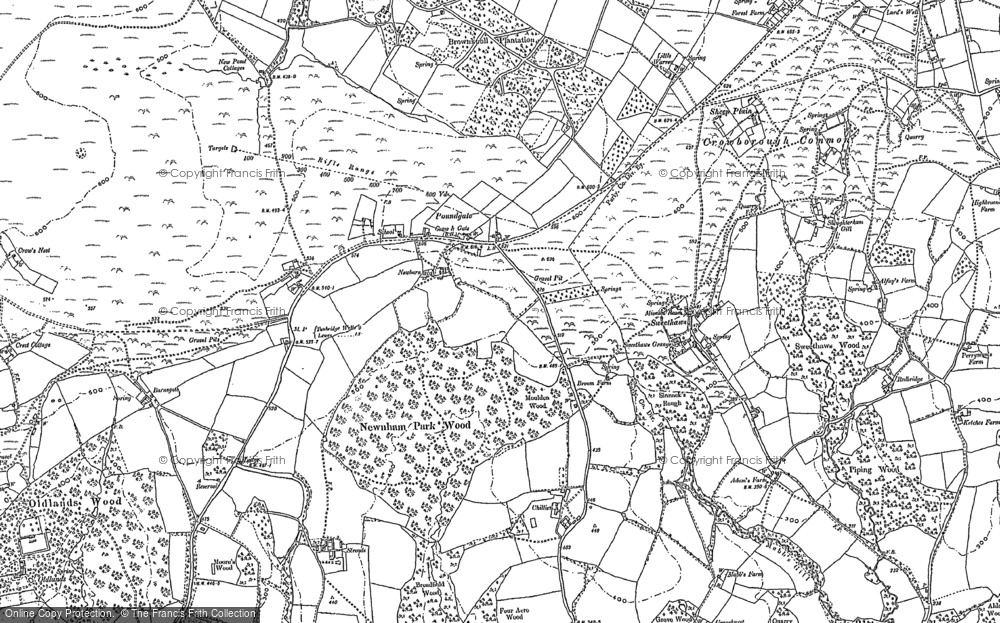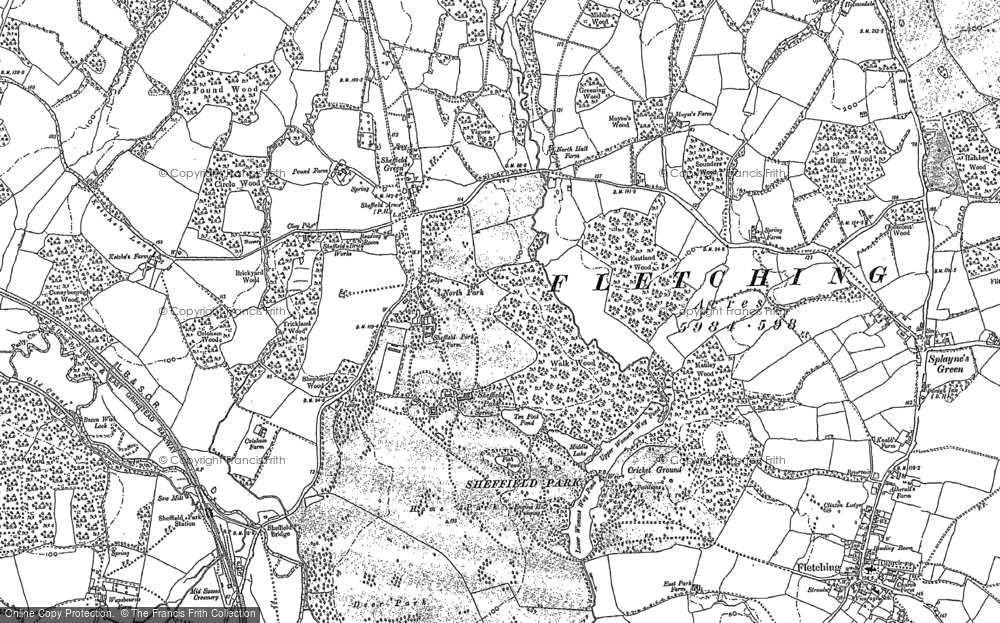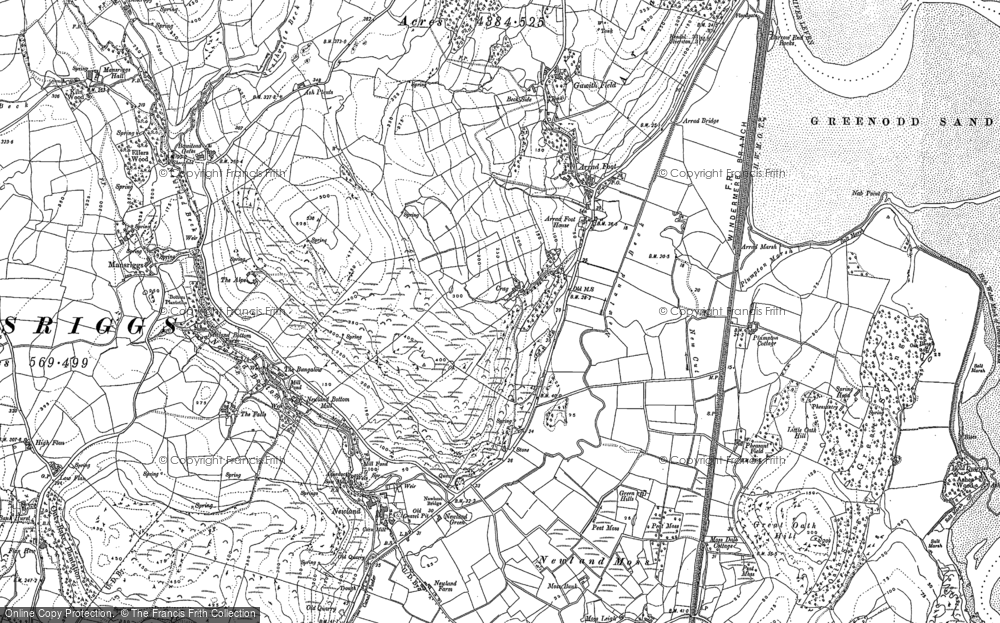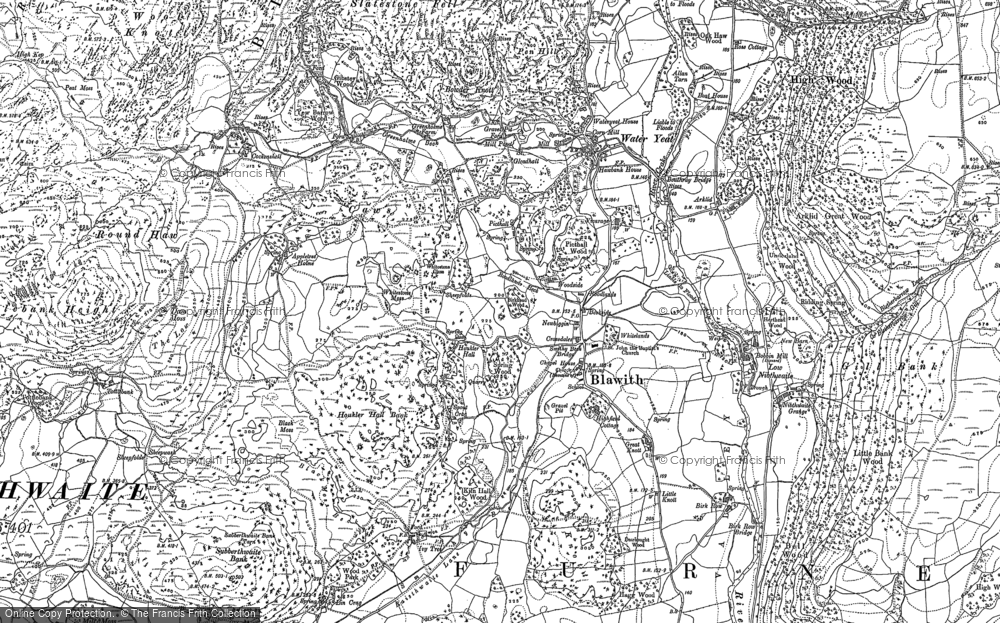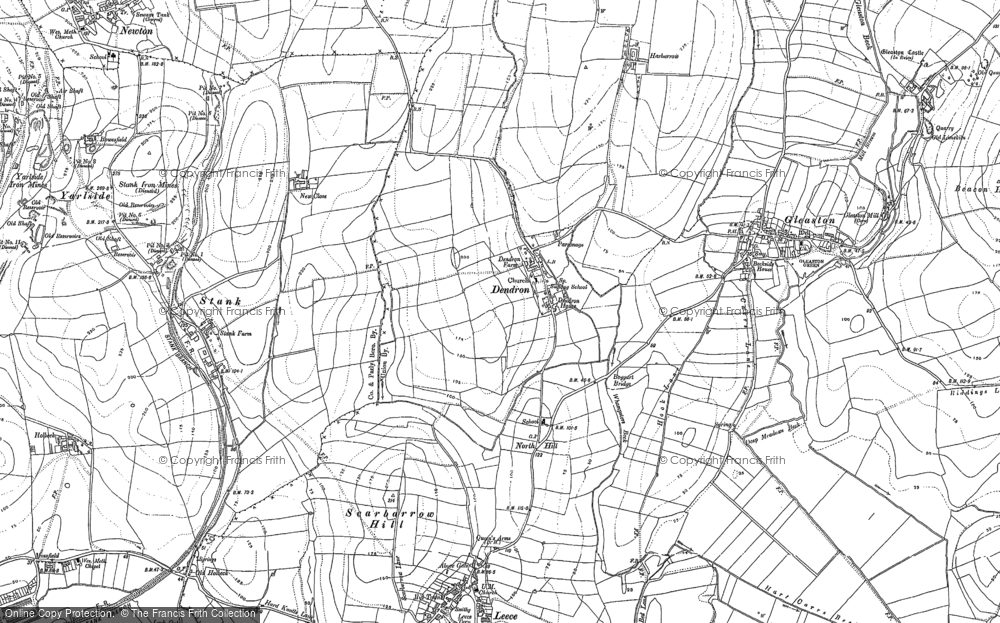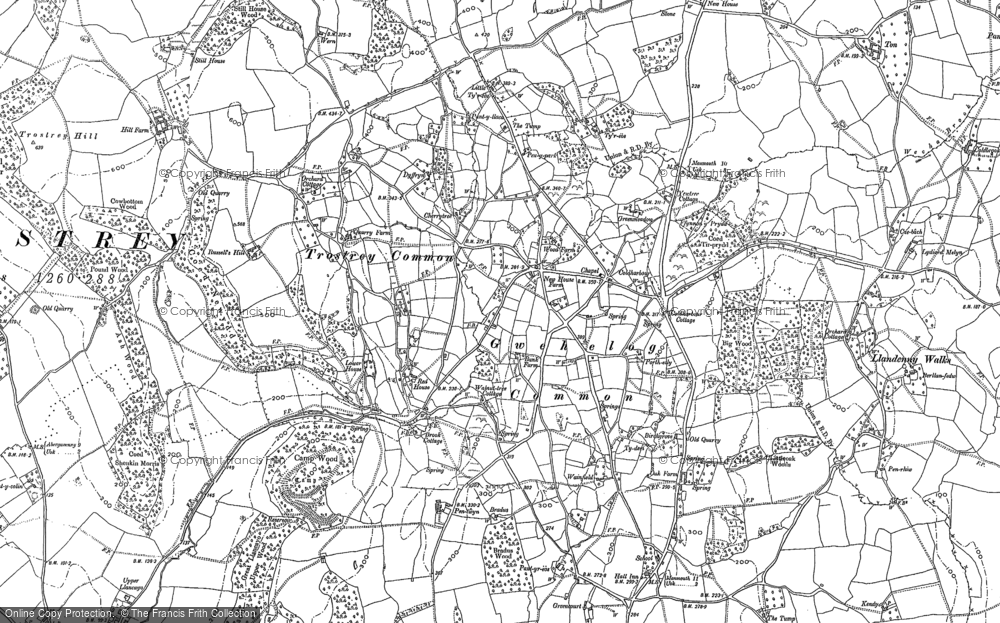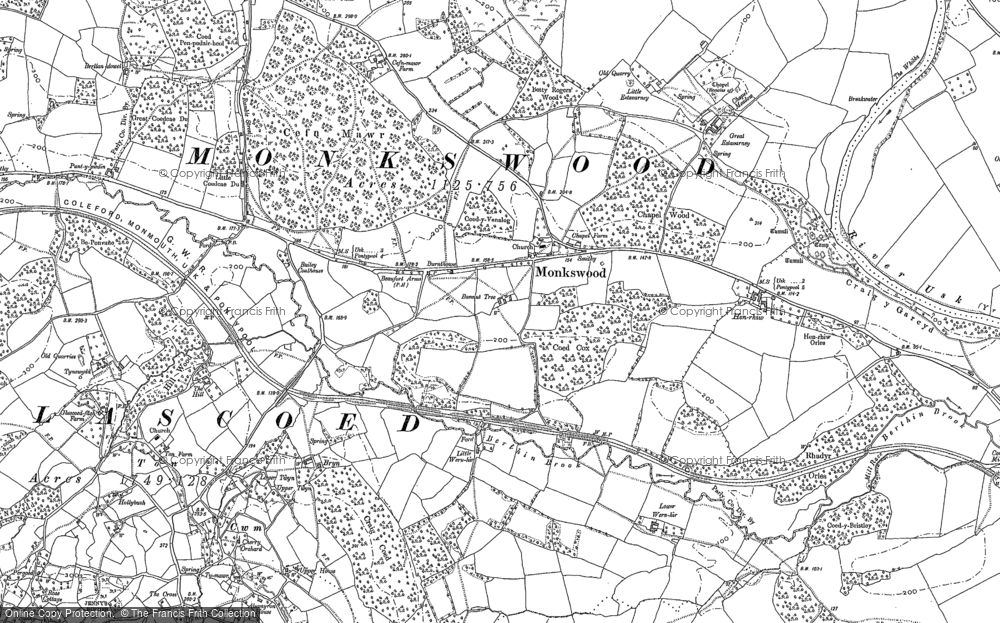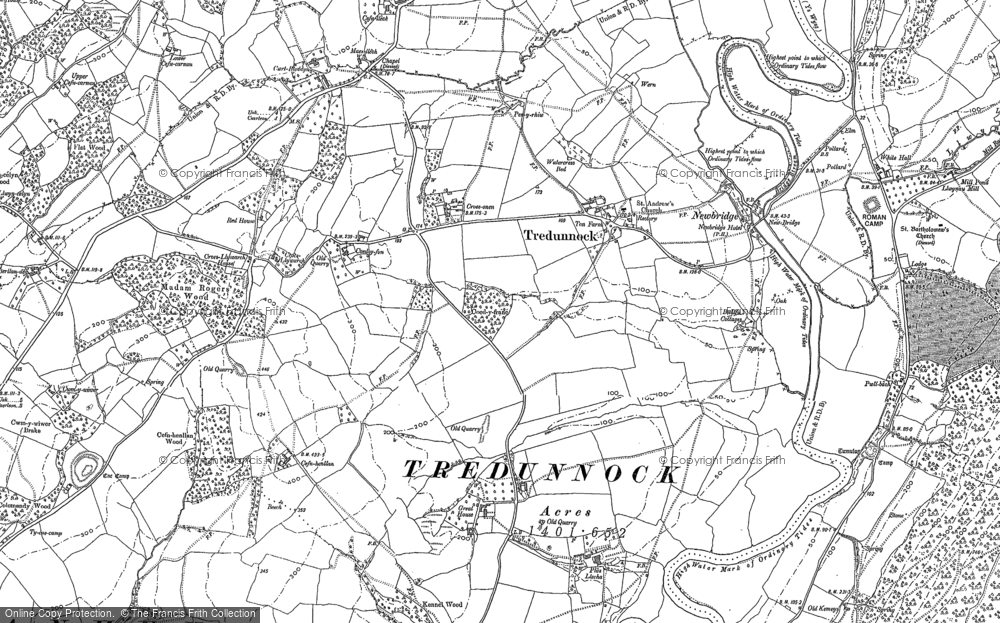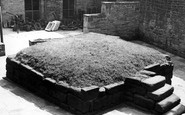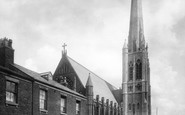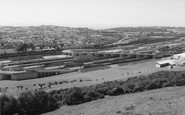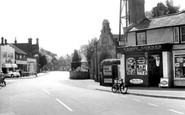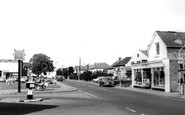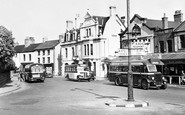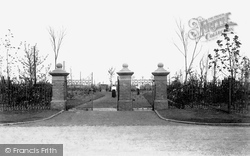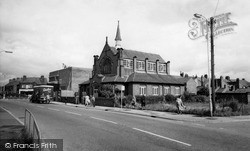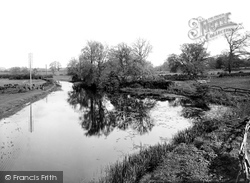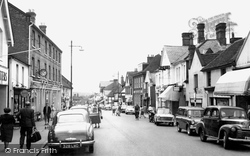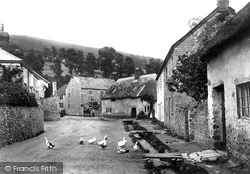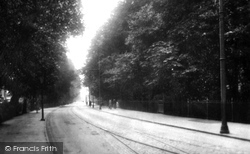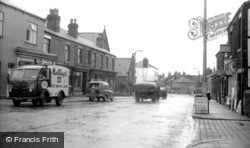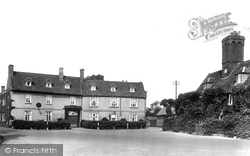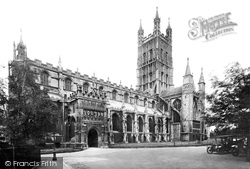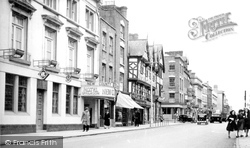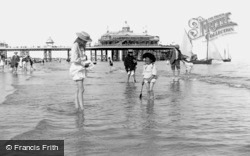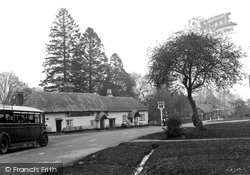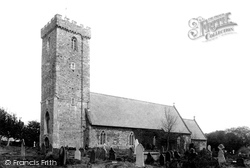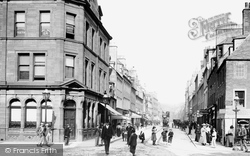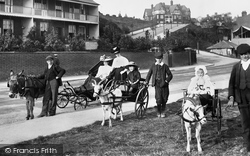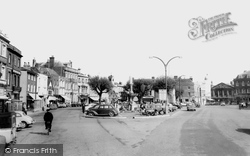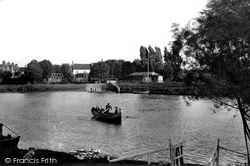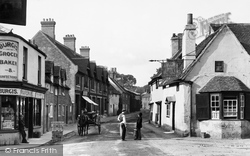Places
36 places found.
Those places high-lighted have photos. All locations may have maps, books and memories.
- Shanklin, Isle of Wight
- Ventnor, Isle of Wight
- Ryde, Isle of Wight
- Cowes, Isle of Wight
- Sandown, Isle of Wight
- Port of Ness, Western Isles
- London, Greater London
- Cambridge, Cambridgeshire
- Dublin, Republic of Ireland
- Killarney, Republic of Ireland
- Douglas, Isle of Man
- Plymouth, Devon
- Newport, Isle of Wight
- Southwold, Suffolk
- Bristol, Avon
- Lowestoft, Suffolk
- Cromer, Norfolk
- Edinburgh, Lothian
- Maldon, Essex
- Clacton-On-Sea, Essex
- Norwich, Norfolk
- Felixstowe, Suffolk
- Hitchin, Hertfordshire
- Stevenage, Hertfordshire
- Colchester, Essex
- Nottingham, Nottinghamshire
- Bedford, Bedfordshire
- Bury St Edmunds, Suffolk
- Aldeburgh, Suffolk
- St Albans, Hertfordshire
- Hunstanton, Norfolk
- Chelmsford, Essex
- Bishop's Stortford, Hertfordshire
- Peterborough, Cambridgeshire
- Brentwood, Essex
- Glengarriff, Republic of Ireland
Photos
9,106 photos found. Showing results 17,801 to 9,106.
Maps
181,006 maps found.
Books
11 books found. Showing results 21,361 to 11.
Memories
29,056 memories found. Showing results 8,901 to 8,910.
Gibbet Railings
The old railings that used to surround the gibbet, which I think are now in Bankfield Museum, were made by one of my Great-Great Grandfathers.
A memory of Halifax in 1956 by
Marriage Of John Naughton & Ann Conroy
John Naughton (b.1842; Kings County, Ireland) & Ann Conroy (b.1851; Queens County, Ireland) were married in St Walburge's RC church, 3 April 1880. John was known as a "peaceable" & quiet man who played ...Read more
A memory of Preston in 1880 by
Information About This Church
* St Walburge's is the tallest spired parish church and the third tallest church spire of any type in Britain. * Preston was made a City for the millennium celebrations so it is likely that St Walburge's will be elevated to cathedral status in time. * Completed in 1854.
A memory of Preston by
Evacuee In Cefn Hengoed
During the Second World War my family were evacuated to Cefn Hengoed. Two of my brothers were with the Hughes family, two with the Palmers and two of my sisters with the Jones Famly. We arrived in 1941. Being one of the ...Read more
A memory of Cefn Hengoed in 1941 by
Breaking Through The Channel Tunnel
I cannot remember the date, but my husband's cousin was the first man to break through to France when building the channel tunnel. My husband's family have lived and worked in Folkestone all their lives and ...Read more
A memory of Folkestone by
Childhood Memories
We moved to Prestatyn in 1960 when I was 3. My first memory was riding on my dad's shoulders walking up the High Street and seeing a bus with no roof! We lived in Linden Walk for three years and I used to enjoy milkshakes in a ...Read more
A memory of Prestatyn in 1961 by
The Fire Station
I joined the retained Fire Brigade, National Fire Service at this Station in 1946 aged 16. The old building is still standing but in need of some TLC, the old hose drying tower can still be seen in this picture, but has now been ...Read more
A memory of Byfleet by
Freelands Ironmongers Shop
I remember the shop where you could buy anything from and pound of nails, a gallon of Parafin, to a Ladies or Gents Raleigh Bicycle. Behind the shop was the local blacksmith, Samson Turner, and wheelwright George Cox. I ...Read more
A memory of Byfleet by
A Year In England
At the age of 11 I lived in Steventon with my family at 103 The Causeway for the school year 1968-69. This was a tremendous experience I have treasured all of my life. I attended school at St. Michaels and went to church ...Read more
A memory of Steventon in 1969 by
Long Lost Bus Stop
The bus is parked outside the Pontypool office of the "Red & White" bus company. Their head office was in Chepstow and they ran services across the whole of Monmouthshire as Gwent was then known. Buses for Newport, Usk, ...Read more
A memory of Pontypool in 1955 by
Your search returned a large number of results. Please try to refine your search further.
Captions
29,158 captions found. Showing results 21,361 to 21,384.
Established on 34 acres of land that had previously belonged to the Appleton House estate, Victoria Park opened to the public in 1900.
This slightly unusual church, with clerestory windows, is now known as the church of the Blessed Trinity.
The winding hole (where boats are turned) lies to the east of and adjacent to the Great Wharf. Odiham Common is on the northern bank.
The Arcade 1892 Bournemouth rapidly absorbed the older settlement of Boscombe. Its shops and arcades attracted visitors from its larger neighbour.
With New Town status and under the aegis of the Development Corporation, Bracknell began to expand rapidly.
The early Norman church of St Michael was altered and enlarged in 1330, and a perpendicular tower was added in the 15th century.
Company leadership was hands-on: the young director Percy Kidner enjoyed endurance driving, competing in the 1908 RAC 2,000-mile reliability trials among other events.
Eighteenth-century architects, usually local men, worked from standard pattern books, yet managed to achieve townscapes of individual character and harmony.
The name of the village comes from an Old English personal name, Aethel, meaning 'a noble friend'.
The pretty little village of Barton Mills, and the Bull Inn. In the 13th century, the local rector, Jacobus de Scabellis, became a cardinal, and ultimately, Pope Honorius IV.
A view of the south porch that Morwent lovingly erected. Note the rich lace-like carving, 'saracenic work'. The porch bonds well with Abbot Thokey's decorated south aisle within.
This view of Raikes' house also shows the New County hotel and grill room. Note the man outside the hotel in trench-coat and hat - a typical fifties outfit.
Paddling beside the seaside - a picture capturing the gentle care-free mood of a seaside holiday. Eastbourne's famous pier with its pier head theatre complex makes a superb backdrop.
In the 1930s the Sir John Barleycorn Inn was just one of several taverns in the Cadnam area - known only to locals, visitors from nearby towns, and passing travellers.
Flanked by two extensions, the oldest part of this inn dates from the 17th century, and is an important building in today's village. It still has a rural atmosphere.
Properly named the parish church of St Thomas à Becket, this church was obviously founded after the murdered prelate was canonized. It is first mentioned in records in 1210.
Formerly named `Hill of St Thomas`, or `Hill Street`, it runs from St Thomas` Green to Market Street. Note the `parked` cars to the left and the busy traffic!
By the time this photograph was taken, the population of Perth had risen to 32,000. The city's manufacturing industries were diverse and included linen, twine, jute, glassmaking and printing.
Rowing and sailing boats on the reed-fringed River Bure make a typical scene of Broadland tranquillity. In the background the church tower rises among the leafy summer trees.
Seaside entertainment at Felixstowe had not yet progressed to the garishly commercialised pursuits of today. Donkey rides were a traditional favourite, along with rides in carriages pulled by goats.
They do not marry well with the interesting skyline of the other buildings and monuments.
This picture shows the Trossachs Hotel situated on the northern shore, and the wooded slopes of Sron Armailte.
There has been a ferry at Farndon for centuries; these days the village offers river users extensive facilities, including a large marina created out of some old gravel pits.
Many years before Wargrave grew in popularity as a riverside village, Edith, wife of Edward the Confessor, held the manor, and at that time it was known as 'Weregrave'.
Places (6814)
Photos (9106)
Memories (29056)
Books (11)
Maps (181006)


